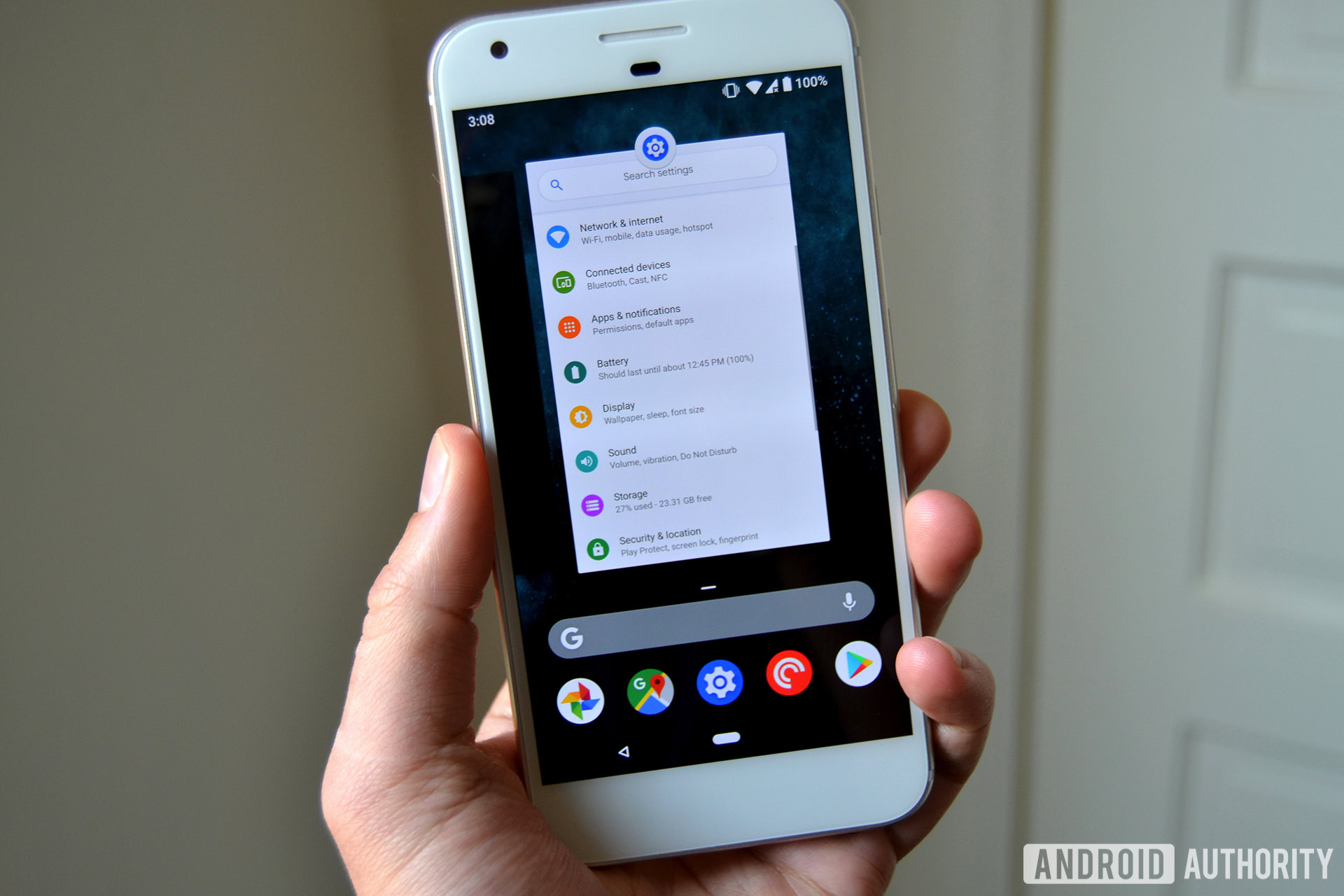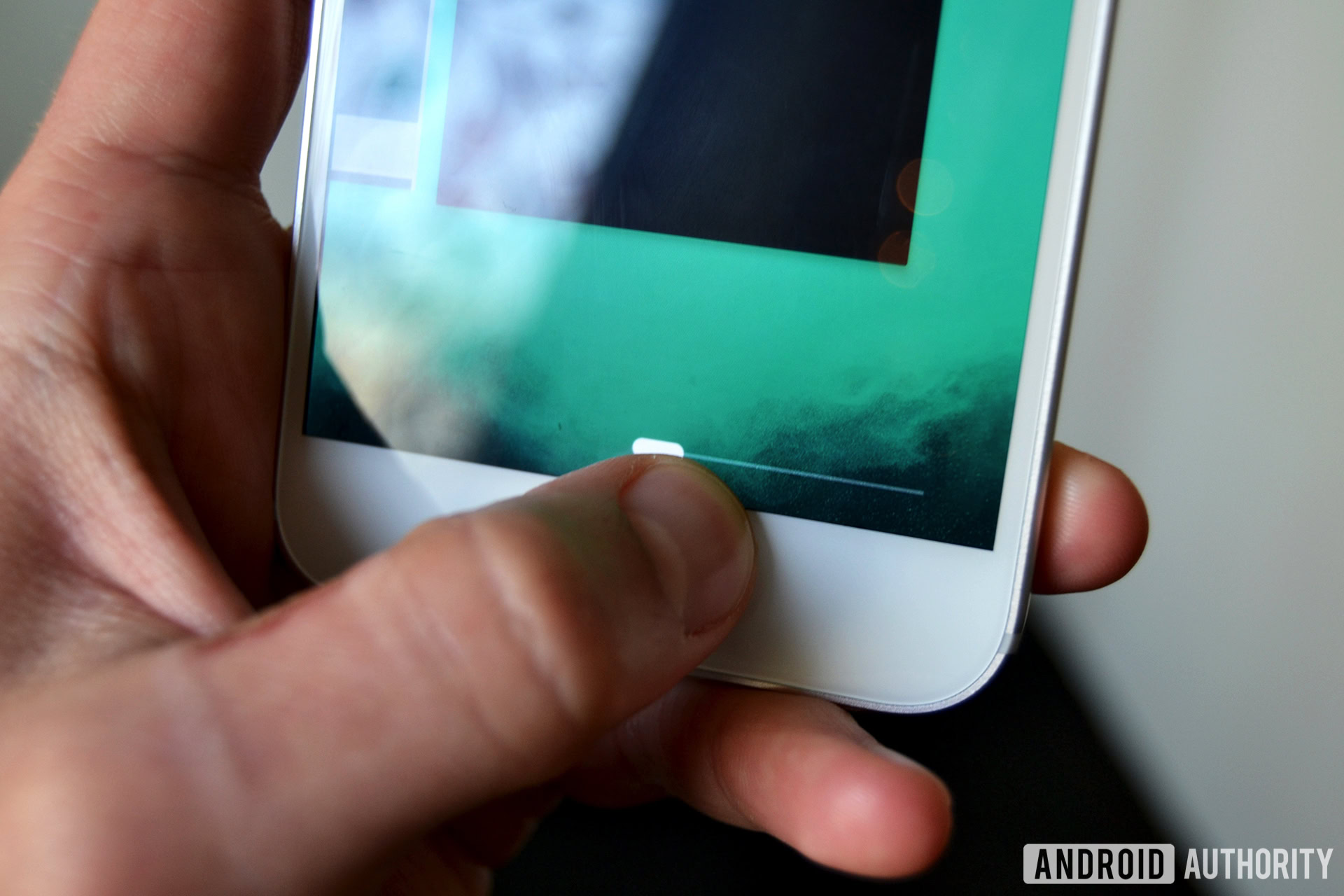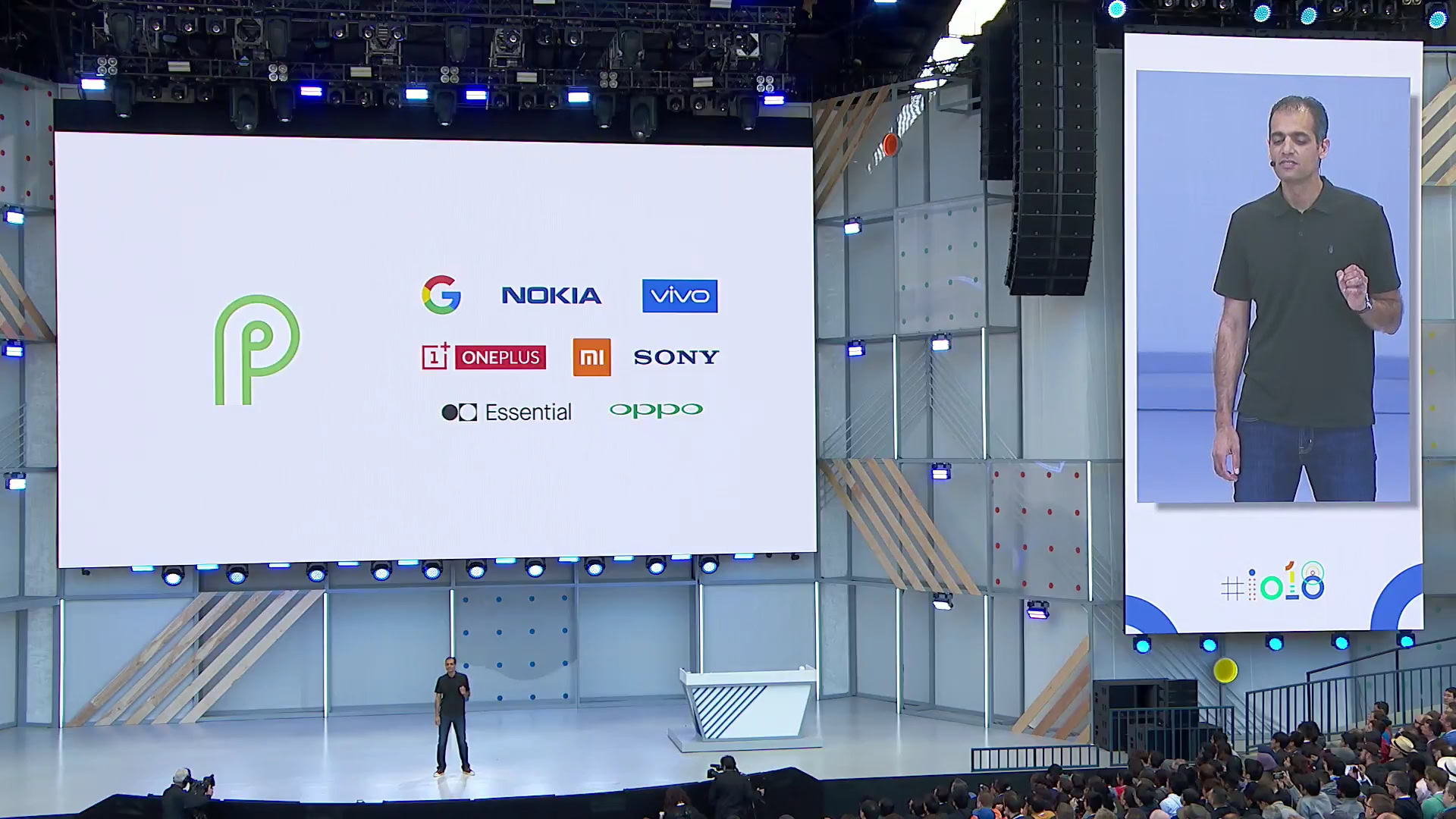Affiliate links on Android Authority may earn us a commission. Learn more.
iPhone X gestures now in Android P? It's the circle of theft
Published onMay 9, 2018

After weeks of teasing, Google announced it was adding gesture-based navigation to Android P at Google I/O 2018. The feature reduces the need for dedicated navigation keys, letting you swipe your way around the phone instead.
Some were eager to point out that Google swiped (heh) the feature from the iPhone X. Last year’s super premium Apple flagship eschewed the traditional home button for gesture navigation last year and it’s hard not to see the obvious inspiration in Android P.
The multitasking gesture is basically identical, as you swipe up from the bottom to view your recent apps. The app switching gesture, where users swipe laterally at the bottom of the screen is just like the iPhone X.

Google clearly thought Apple’s feature was good enough to use. You know what? That’s just how the smartphone industry works. For every time Google shamelessly nicked an Apple or OEM feature, Apple’s done the same thing.
The iPhone X gestures were taken from also-ran operating systems like webOS, MeeGo, and BlackBerry 10, which all ditched buttons for swipes long before Apple and Google. More specifically, Apple took lateral swiping for app switching from webOS and the upward swipe to view recent apps or unlock the screen from BlackBerry 10.
Apple isn’t above grabbing features from its arch-rival and Android OEMs either. The Essential Phone had the notch first, back in August 2017. The iPhone X followed with its own notch in September. This was likely more a case of parallel thinking, but there are more than a few examples of the Cupertino company appropriating Android phone features.
Apple’s Live Photos feature was heavily inspired by HTC Zoe (and Nokia’s Living Images). The company added third-party keyboard support in iOS 8, something available on Android for years. Apple also grabbed Google’s notification shade dropdown menu when it launched iOS 5.
Don’t forget Siri Proactive (Apple’s take on Google Feed), the QuickType keyboard (heavily inspired by Windows Phone 7 and the SwiftKey keyboard), actionable notifications (Android) and Apple Photos (copying Google Photos’ seamless backup/categorization chops).
Feature theft isn’t going anywhere

Google is just as guilty — it resorts to nicking features from Apple, Android partners and third parties too. Heck, it’s sucked recent app cards (webOS), ARCore (ARKit), family library support (Apple), mobile data tracking (third-party apps and various OEMs), a battery saving mode (Android OEMs and Windows Phone), pinch to zoom and multi-touch (Apple), flip to mute (Samsung and Lenovo), dual-SIM support (feature phones and various OEMs), double-tap-to-wake (Nokia), and fingerprint gestures (Huawei) into pure Android.

This kind behavior isn’t necessarily a bad thing. A good established feature doesn’t necessarily need to change, but there should also be space for adopting alternatives like swipe gestures. Just because it’s an established feature that works well doesn’t mean it should never change — no feature is too precious to replace. Ultimately, if someone’s got a good idea, why not adopt it?
The big question is whether all this feature cribbing has made Android and iOS to similar — save for their app ecosystems. As Apple adds more features (including Android ones), it becomes more like Google’s platform. As Google continues to polish the user interface and focuses on speedy updates, it starts to resemble iOS. Maybe we need another brilliant yet doomed third mobile platform to give the duopoly some inspiration.